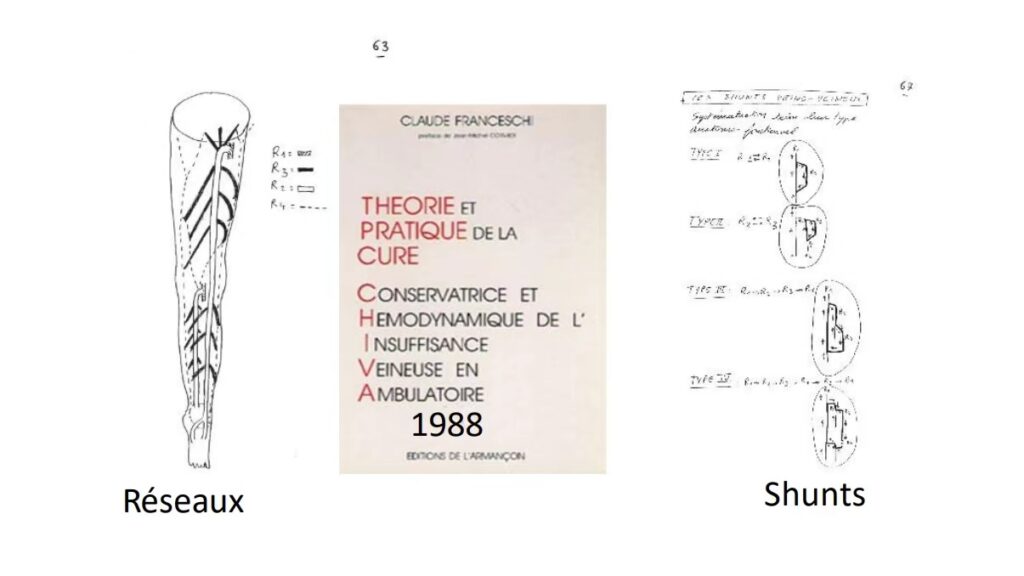
Introduction
Pelvic and lower limb venous insufficiency is a common venous disorder characterized by the obstruction or reflux of venous blood flow, leading to swelling, pain, and varicose veins in the affected limbs. This condition not only significantly affects the quality of life of patients but can also lead to complications such as venous ulcers and thrombosis. With advancements in medical research, there have been significant strides in the understanding and treatment of this condition. This article aims to review the etiology, diagnostic techniques, and recent therapeutic developments in the management of venous insufficiency affecting the pelvis and lower limbs.
Etiology and Pathophysiology of Venous Insufficiency
The primary causes of pelvic and lower limb venous insufficiency include venous valve dysfunction, venous wall dilation, and blood reflux. Damage to the venous valves is the main contributor to improper blood return to the heart. When these valves fail to close properly, blood flows backward, causing venous distention and, eventually, swelling and varicose veins. Furthermore, structural changes in the venous walls play a crucial role in disease progression. Studies have identified that abnormal collagen deposition in the venous walls is a significant factor leading to chronic venous insufficiency.
Clinical Presentation and Diagnosis
Patients with venous insufficiency commonly present with chronic swelling, pain, and skin discoloration in the lower extremities. In severe cases, venous ulcers may develop, greatly impairing the patient’s daily activities. Duplex ultrasound is the gold standard diagnostic tool, allowing clinicians to assess venous blood flow and valve functionality. Additionally, magnetic resonance venography (MRV) can be utilized to observe structural abnormalities, especially in complex cases that require detailed imaging.
Advances in Treatment
In recent years, significant progress has been made in the treatment of pelvic and lower limb venous insufficiency through the development of minimally invasive procedures and novel pharmacological approaches. Traditional treatments have included the use of compression stockings, medication, and conventional surgery. Compression therapy remains effective in early-stage patients by promoting venous blood return and reducing limb swelling. For patients with more advanced disease, minimally invasive techniques such as radiofrequency ablation (RFA) and endovenous laser treatment (EVLT) have become the standard of care. These procedures aim to reduce intraluminal venous pressure and improve blood flow with minimal trauma and faster recovery times. Additionally, pharmaceutical interventions, including flavonoid-based compounds and anti-inflammatory agents, have shown potential in improving venous function and reducing symptoms.
Future Outlook
As research into the mechanisms underlying venous insufficiency continues to progress, future treatments are likely to focus on personalized therapeutic strategies. Genetic analysis and a more nuanced understanding of the disease’s pathophysiology could enable clinicians to tailor treatments based on individual patient profiles, leading to better outcomes and fewer complications.
Conclusion
Pelvic and lower limb venous insufficiency is a chronic condition that significantly affects patients’ quality of life. While traditional treatments have been effective in alleviating symptoms to some extent, recent advancements in minimally invasive procedures and novel pharmacotherapies offer more options to patients. Future research should continue to focus on the development of personalized treatment approaches to improve efficacy and reduce adverse effects.
References
This article is based on the paper titled “Venous Insufficiency of the Pelvis and Lower Limbs” which provides an in-depth exploration of the causes, diagnosis, and recent treatment advances for venous insufficiency. Source Article.